Tumba Cheonmachong (Parque Daereungwon) (천마총(대릉원))
7.0Km 2025-04-25
Gyerim-ro 9, Gyeongju-si, Gyeongsangbuk-do
En Gyeongju, en el parque Daereungwon, se pueden observar las grandes tumbas de monarcas y nobles del reino de Silla. Dentro de este parque se sitúan 23 tumbas enormes, entre las cuales se destacan las tumbas Cheonmachong y Hwangnamdaechong, las más grandes y antiguas. En una exploración y excavación del área, realizada en 1970, se descubrió la tumba Cheonmachong, dentro de la que se halló una pintura antigua de un caballo celestial. Esta pintura es la única descubierta de los antiguos tiempos de la dinastía Silla. Dentro de esta tumba se encontraron 11.526 reliquias y coronas del monarca, que fueron trasladadas al museo. Todos estos objetos muestran la vida lujosa que llevaban los reyes de aquella época. Otra atracción turística es la tumba Hwangnamdaechong, que es el enterramiento antiguo más grande. Era un sepulcro matrimonial y en su interior se hallaron los restos del rey y la reina, con más de 30.000 accesorios y adornos de oro. El aspecto más destacable de la tumba Hwangnamdaechong es que en el sepulcro de la reina se encontraron más adornos lujosos que en el del rey. De hecho, los investigadores llegaron a la conclusión de que la reina podía ostentar una alta posición social aún antes del matrimonio real, y la jerarquía de la mujer en aquellos tiempos era muy respetada. Recorriendo estas tumbas, podrá vivir en carne propia la cultura antigua, de más de 1.500 años de historia.
Festival de la Cultura de Silla (신라문화제)
7.0Km 2025-07-25
Nodong-dong 261, Gyeongju-si, Gyeongsangbuk-do
054-776-5265
Desde 1962, el Festival de la Cultura de Silla ha sido una celebración cultural significativa realizada en la ciudad de Gyeongju. Es un festival cultural que convoca al espíritu del antiguo reino de Silla, que supo tener una destacada historia y cultura. También presenta la visión de Gyeongju de ser un espacio de intercambio cultural y turismo. El festival les permite a los residentes y turistas unirse bajo un ambiente de interacción positiva, expandiendo asimismo la imagen de Gyeongju como sitio histórico y destino turístico cultural con una herencia milenaria.
Cheonnyeonae (Gyeongjuppang, chalborippang, chalboritteok) (천년애 경주빵 찰보리빵 찰보리떡)
7.0Km 2025-03-19
Cheomseong-ro 67, Gyeongju-si, Gyeongsangbuk-do
Calle Hwangnidan-gil de Gyeongju (경주 황리단길)
7.0Km 2025-03-19
Poseok-ro 1080, Gyeongju-si, Gyeongsangbuk-do
Tumba Geumgwanchong (금관총)
7.1Km 2021-05-18
Noseo-dong, Gyeongju-si, Gyeongsangbuk-do
Geumgwanchong se ubica en Noseo-dong, Gwangju, y es una tumba de la dinastía de Silla (a.C 57 a d.C 935). Es una de las tres tumbas del centro de Gwangju que pertenece al distrito de Noseo-dong. No se conoce con certeza, pero se cree que la tumba Geumgwanchon pertenece al cuerpo de un rey anterior o posterior al rey Ji-Jeung a principios del siglo VI. Fue descubierta en septiembre de 1921 cuando el se estaban allanando las tierras para expandir la superficie. La primera reliquia que se encontró en esta tumba es una corona de oro (que en coreano se dice “geumgwan”), que le dio su nombre. También se econtraron en esta tumba ornamentos como cintos de oro, aros, pulseras, accesorios y vajilla de la época de los Tres Reinos (cuando Goguryeo, Baekje, y Silla se separaron para luego unificarse en Silla en 676 d.C). Se encontraron numerosas reliquias, más de 30.000 solo contando los accesorios. La estructura original de Geumgwanchong era de 13 metros de alto y 50 metros de diámetro. Las reliquias de esta tumba fueron transferidas y se preservan en el Museo Nacional de Gyeongju.
Gyeongju Soohojeong (경주수호정)
7.2Km 2025-07-24
15-15, Poseok-ro 1068beon-gil, Gyeongju-si, Gyeongsangbuk-do
Suhojeong hanok guesthouse stands right in front of the Daereungwon Silla tombs, in Gyeongju, Gyeongsangbuk-do. The house is constructed of traditional materials - pinewood, red clay and straw - and each guestroom has a bathroom with toilet. In the spacious yard is a stone table where visitors can rest and chat. Transport links are excellent, with Gyeongju Station and Intercity Bus Terminal just 5 minutes away on foot. Nearby tourist attractions include Cheomseongdae, Banwol Fort, and Anapji Pond.
Tumbas Reales Oreung de Gyeongju (경주 오릉)
7.2Km 2025-03-19
Geumseong-ro 38-9, Gyeongju-si, Gyeongsangbuk-do
Parque Hwangseong (황성공원)
7.2Km 2025-05-27
Yongdam-ro 79-41, Gyeongju-si, Gyeongsangbuk-do
Gyeongju Oreung Hanok (경주오릉한옥)
7.3Km 2025-07-18
12-17, Gukdang 2-gil, Gyeongju-si, Gyeongsangbuk-do
Oreung Hanok in Gyeongju, is a guesthouse just across Namcheon Stream from Gyeongju’s Five Royal Tombs (‘oreung’ in Korean). The guesthouse’s location gives it a panoramic view not only of the tomb complex but over much of the 1,000 year old city of Gyeongju. The cozy rooms have double doors to block drafts and noise, and clean white bedding; while the spacious yard outside is a good spot for taking photos. The bustling Hwangnidan Street is a 15-minute walk away, while must-see sites Cheomseongdae, the Daereungwon tomb complex, Donggung Palace and Wolji Pond are 10 minutes away by car.
Solar del Pabellón Poseokjeong de Gyeongju (경주 포석정지)
7.3Km 2025-06-25
Namsansunhwan-ro 816, Gyeongju-si, Gyeongsangbuk-do
Se levanta sobre una roca cerca de un arroyo, y Poseokjeong (superficie de 7.432 ㎡) fue designado monumento privado nº 1 el 21 de enero de 1963. La ubicación es la que había tenido el palacio de la villa real de la dinastía Silla (57 a.C.-935), pero las edificaciones ya no existen más y solo queda en el lugar un trayecto de agua con una roca de forma de concha. Poseokjeong fue denominado de esta forma porque las canaletas de la roca se semejaban a las rugosas conchas de abulón. Poseokjeong está construido con 63 rocas. Tiene un ancho de 35 cm, y una profundidad media de 26 cm, y la longitud total alcanza los 10 m. Se dice que el agua del curso del valle de Namsan fue traída hasta aquí haciendo que saliese a borbotones a través de una piedra tortuga. Pero la tortuga ya ha desaparecido. Se dice que los reyes de Silla iban al lugar acompañados de sus oficiales y nobles, y que hacían flotar sus copas de vino sobre el borbotón del agua que fluía por la canaleta de piedra y antes de que su copa flotante llegara ante sí, debía recitar un poema. Junto con Poseokjeong, el Valle de Poseok era muy querido por la gente de los días de Silla por sus limpias aguas y hermosos paisajes. Por todo ello, el palacio de la villa real durante el reino de Silla fue construido aquí. Hoy en día, los árboles de zelcova, pino y bambú preservan el aire acogedor y relajante del lugar.
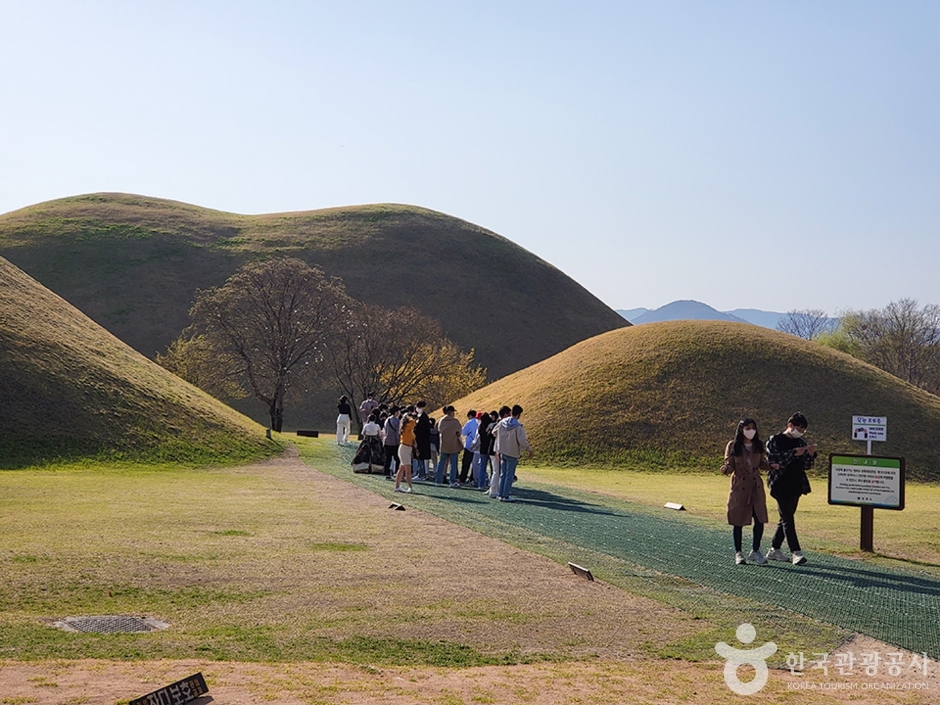
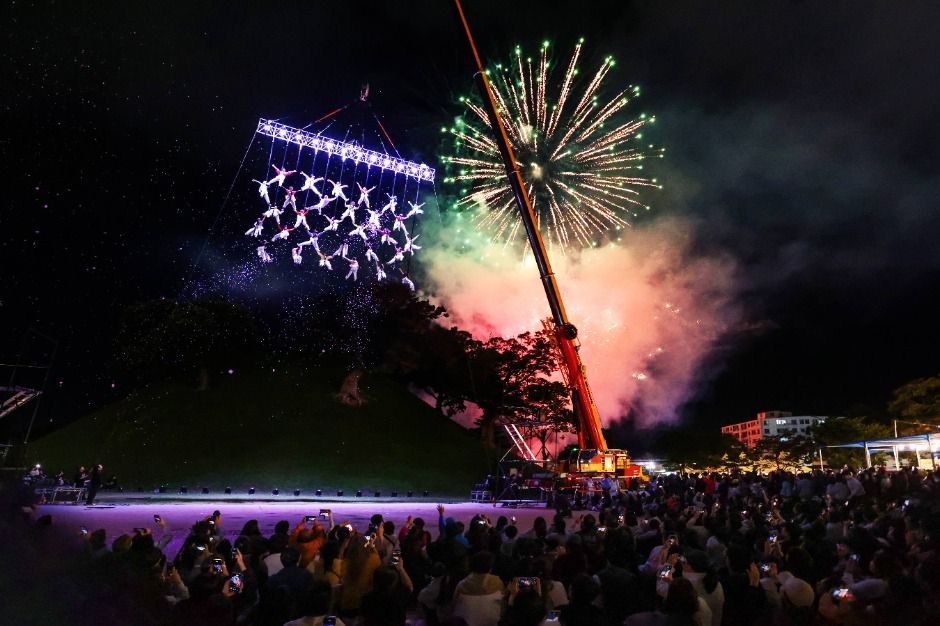

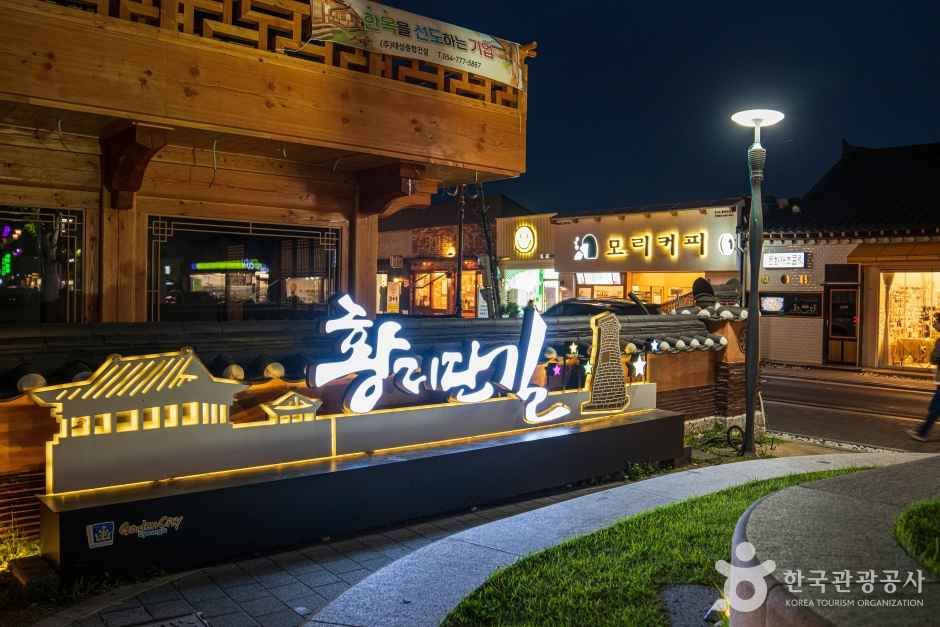
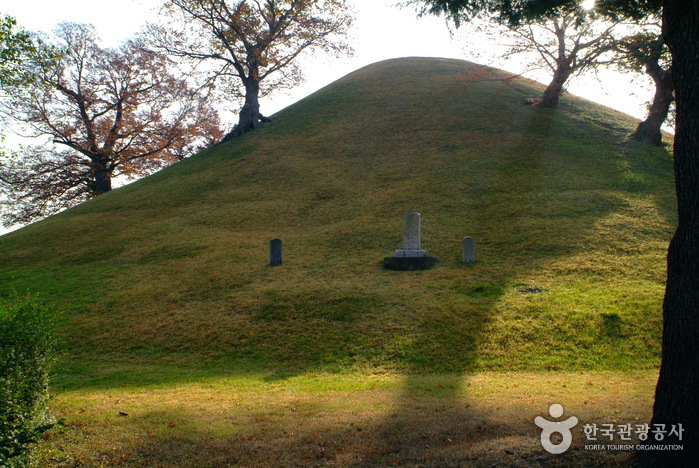
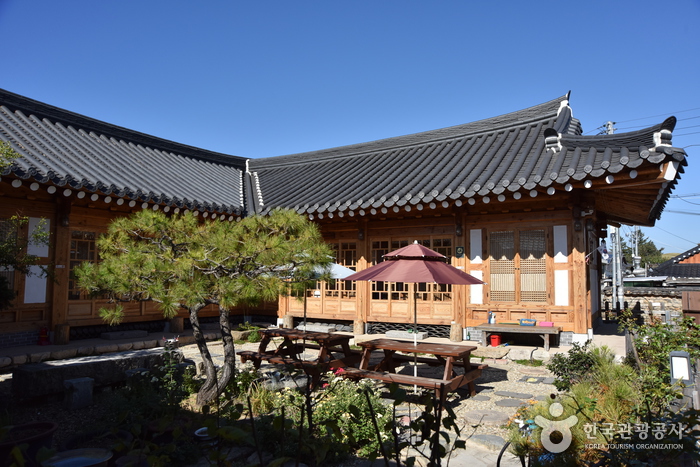
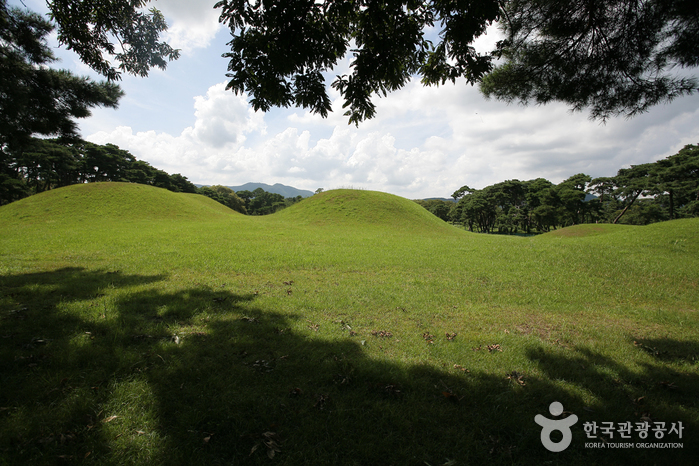
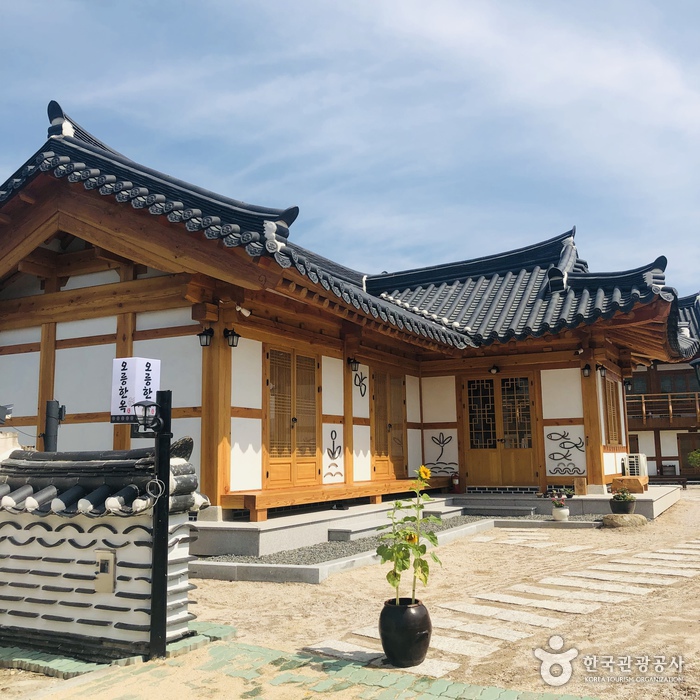
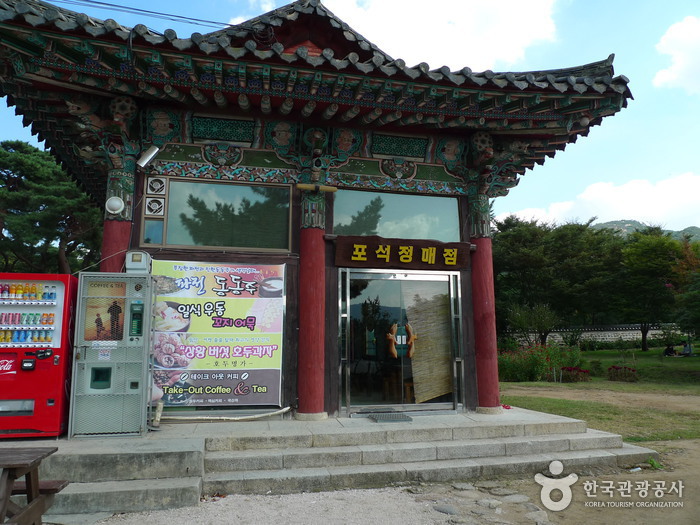
 Español
Español
 한국어
한국어 English
English 日本語
日本語 中文(简体)
中文(简体) Deutsch
Deutsch Français
Français Русский
Русский